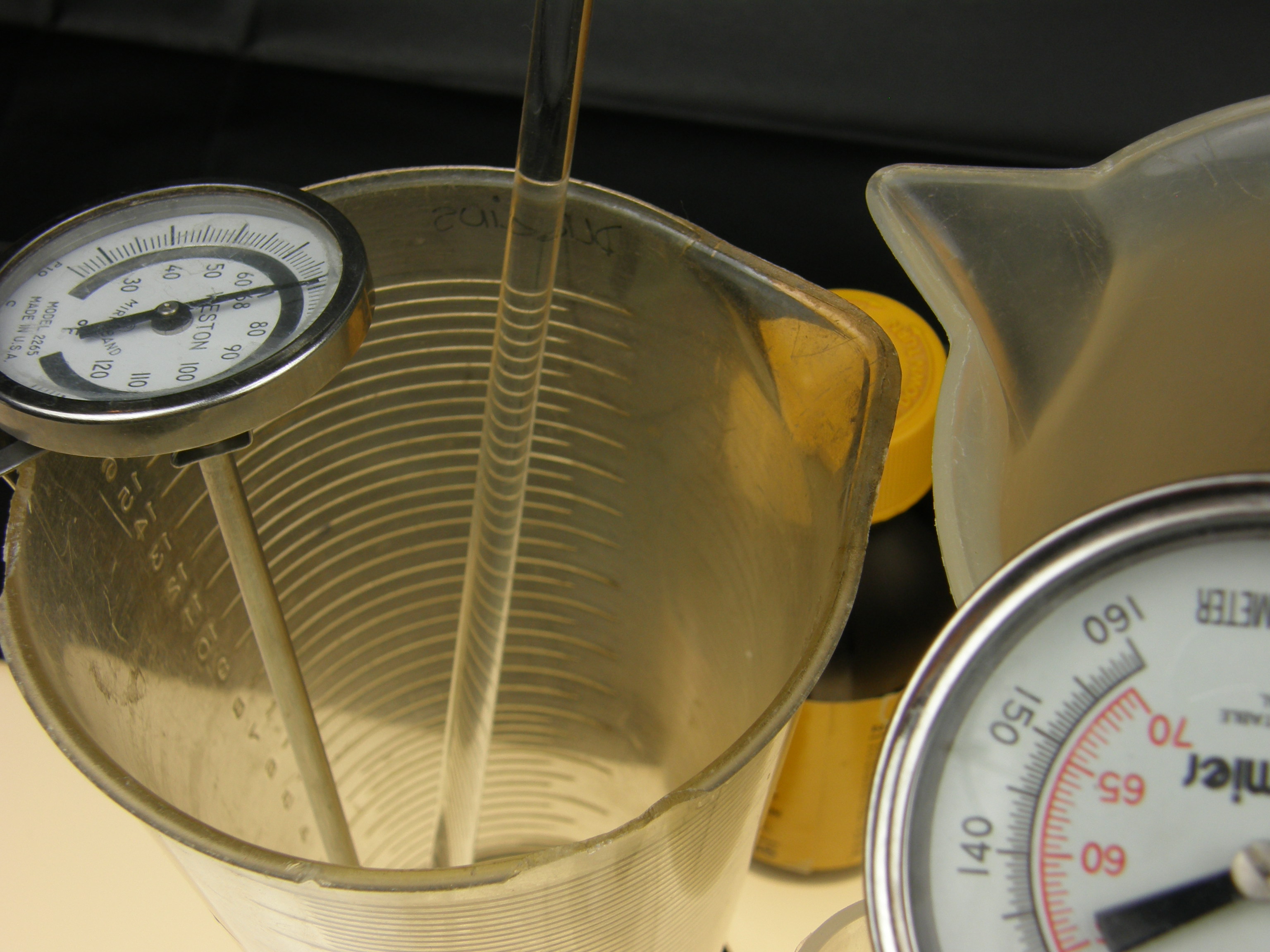
Processes
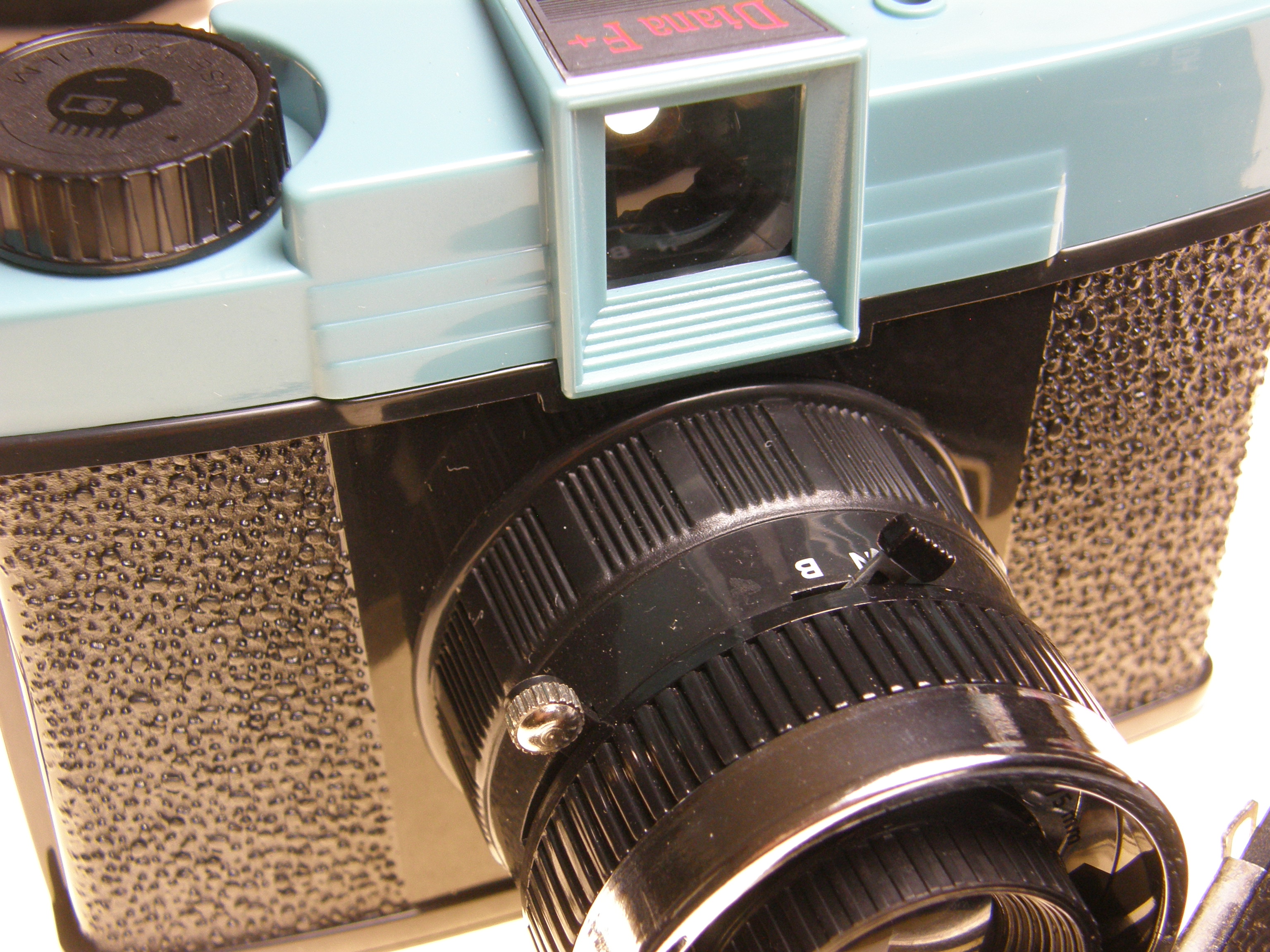
Toy Cameras
The DIANA and HOLGA plastic cameras were designed with a single aperture, one shutter speed, and a simple plastic lens. The all-plastic body is totally mechanical, uses no batteries, and is virtually weather-proof.
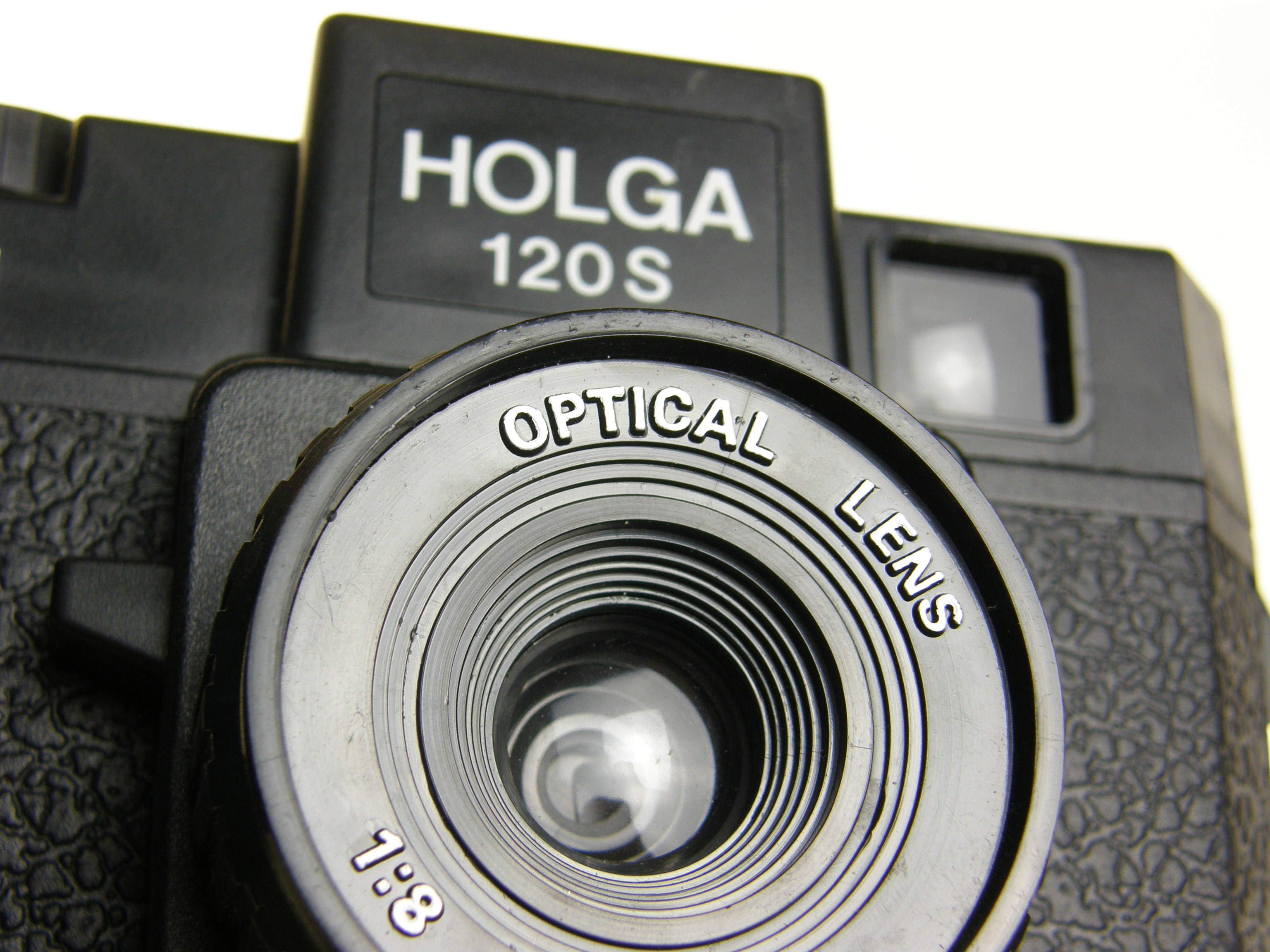
"Toy" plastic cameras produce exposure characteristics and image distortions, including soft focus, vignetting, lens flare, light streaks, and film fogging.
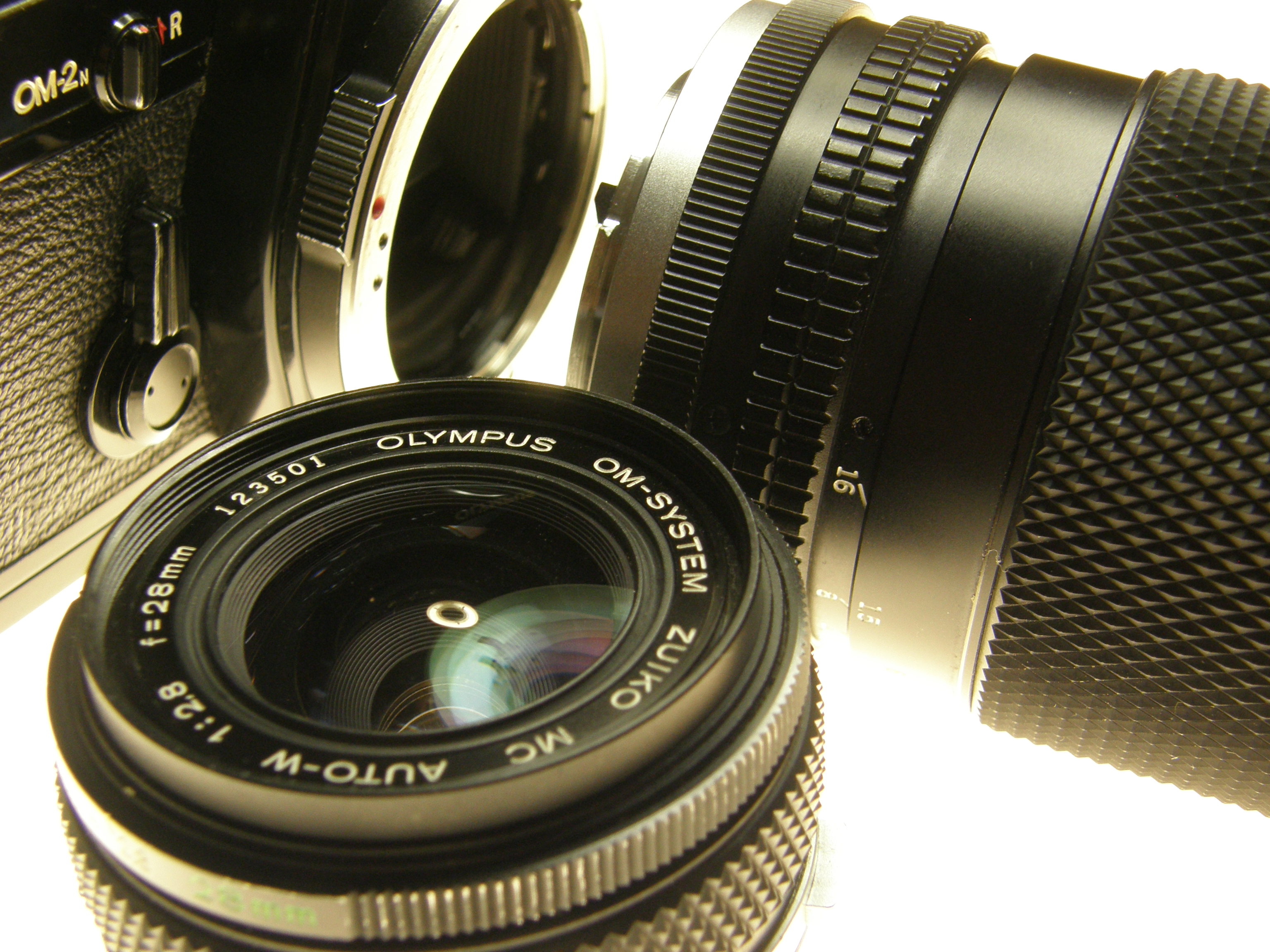
35mm
The 35mm was redesigned in the 1970's to be a lightweight, all mechanical, all manual camera.
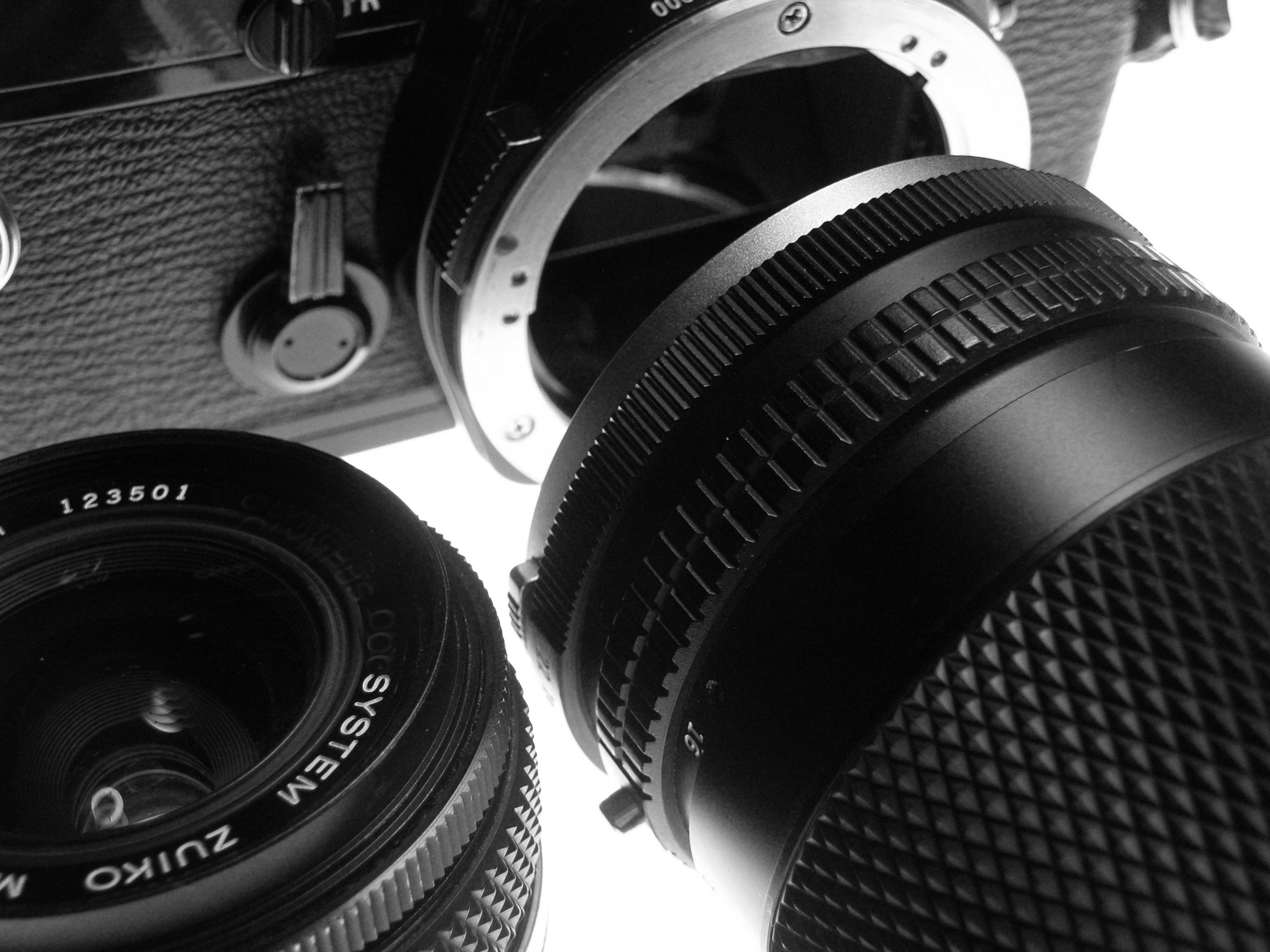
Along with an array of compact lenses made to the tolerances of microscopes, these cameras were built not like consumer electronics, but as scientific instruments.
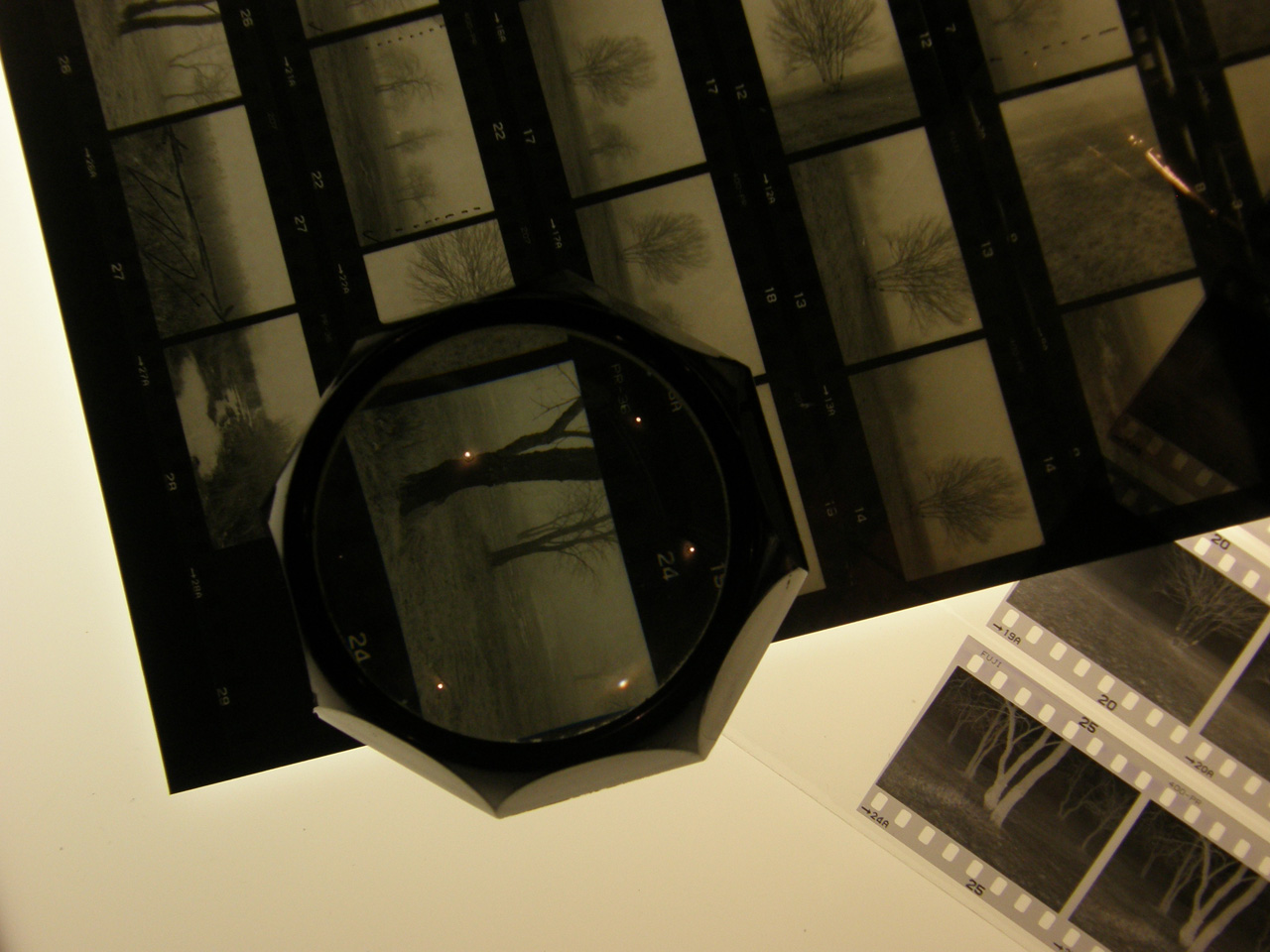
Chemical Development
Starting with a B&W negative about the size of a postage stamp or business card, each image is optically printed on imported warm-tone enlarging stock.
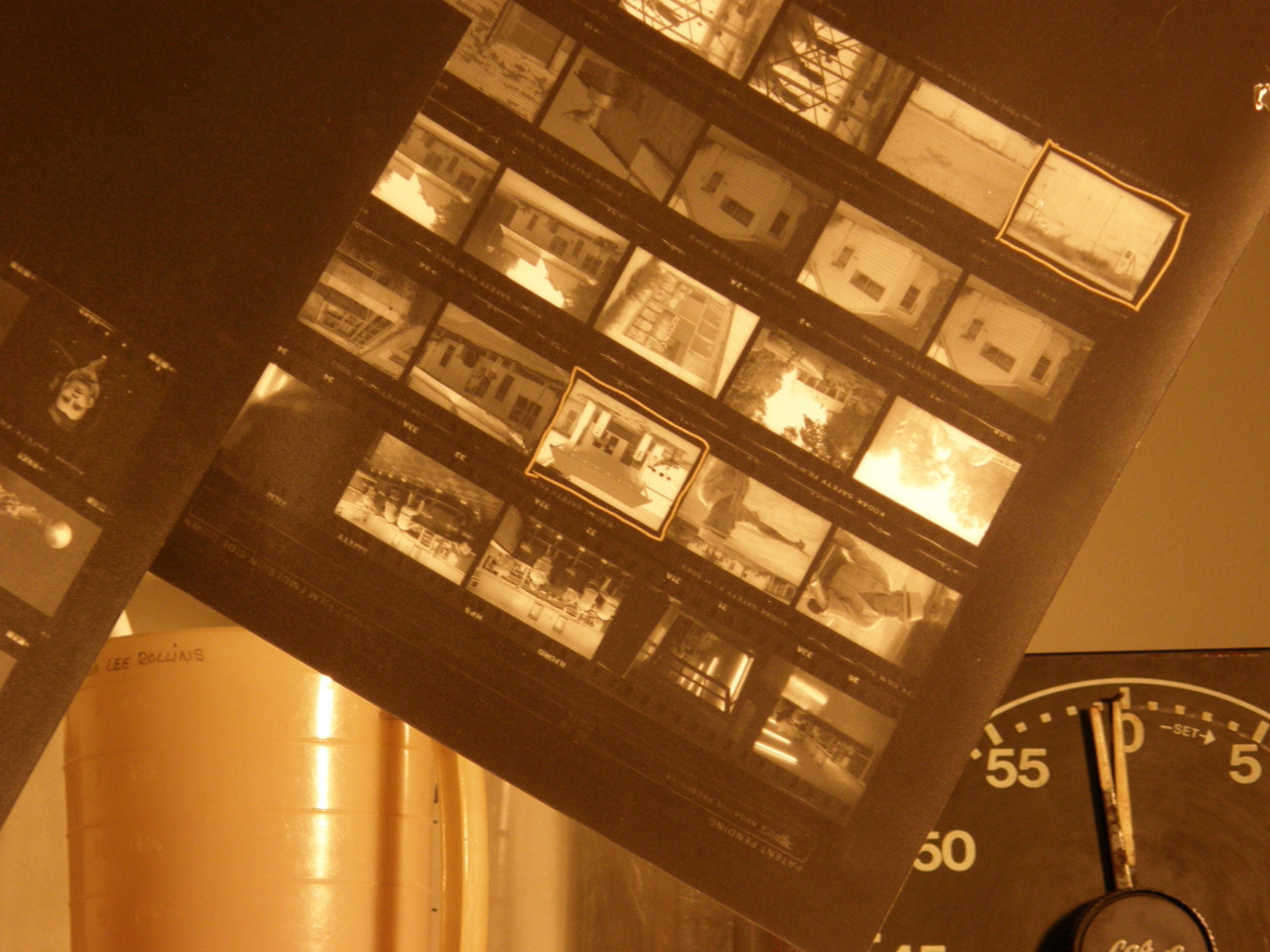
Darkroom processing solutions must be mixed in a certain dilution, held at a specific temperature, and used for a prescribed duration in order to create the darkened metallic crystals that form the image in all silver halide prints.
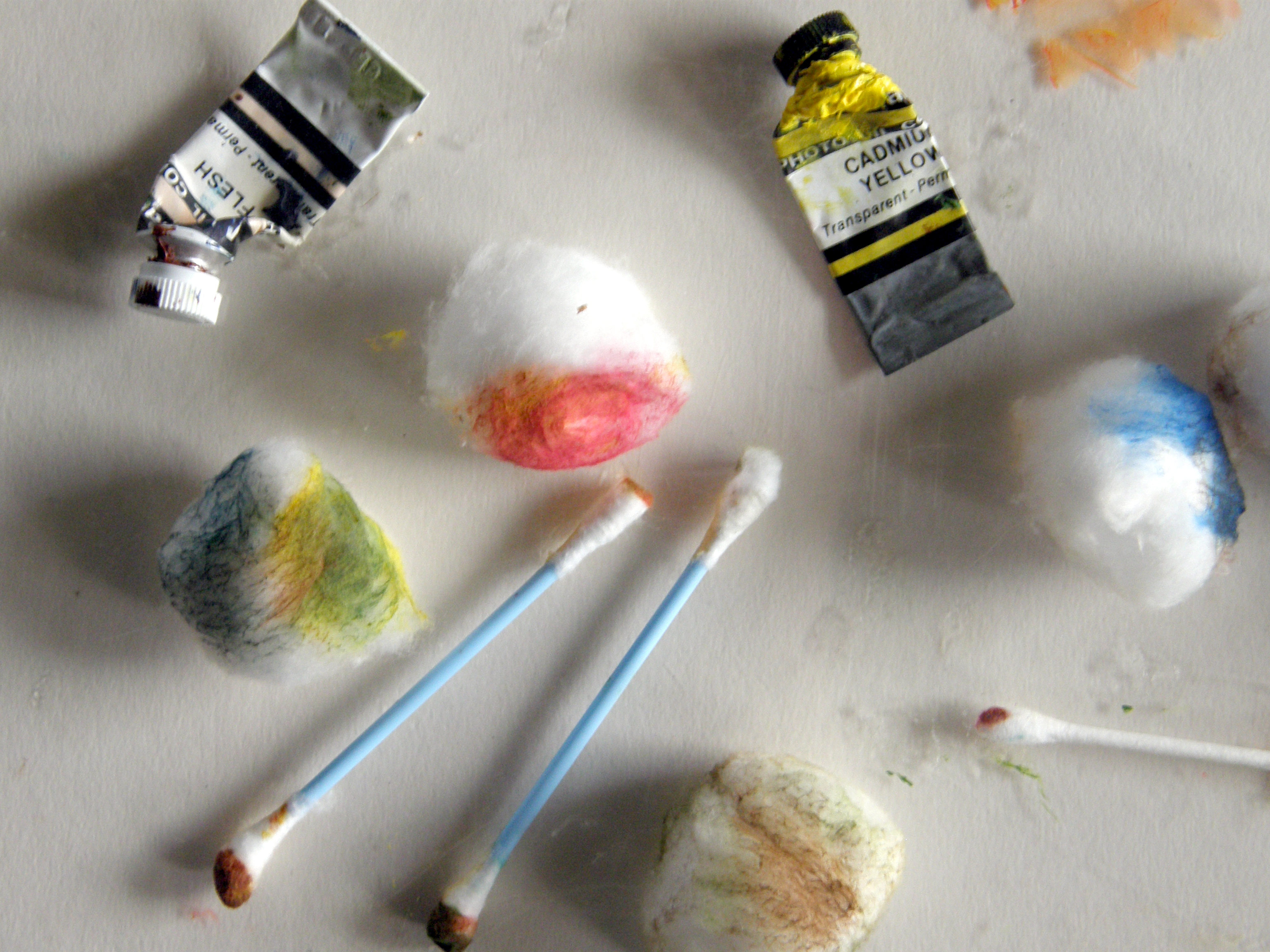
Hand-Painted B&W photographs
Coloring B&W photographs began with watercolorists tinting portraits and landscapes, then progressed to the use of archival translucent oils made specifically for use on the surface of a B&W print.
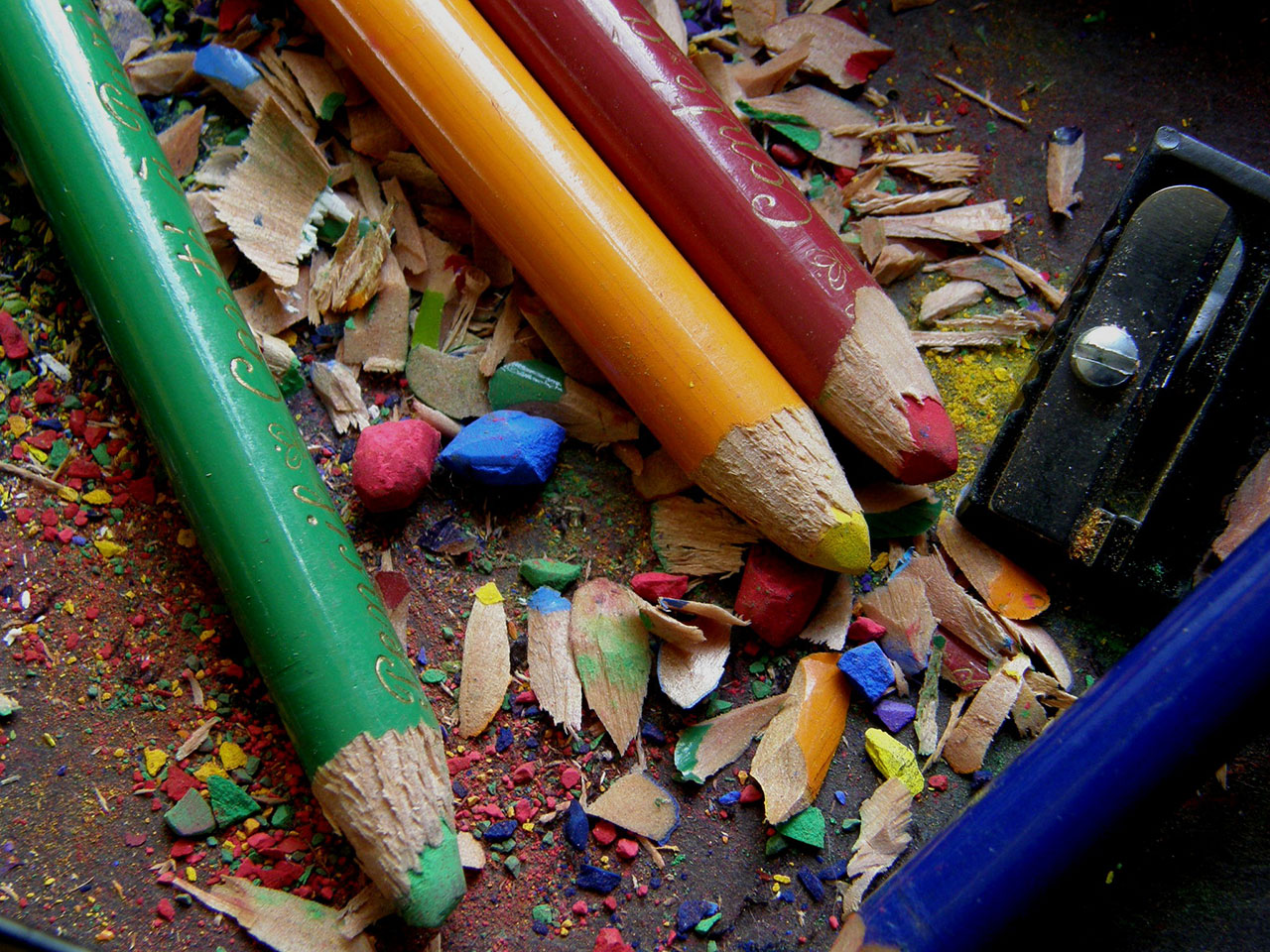
Each image is individually colored with translucent pigment paints, pastels, or color pencils to ensure its archival quality and light-resistant properties, meaning it will not fade over time.
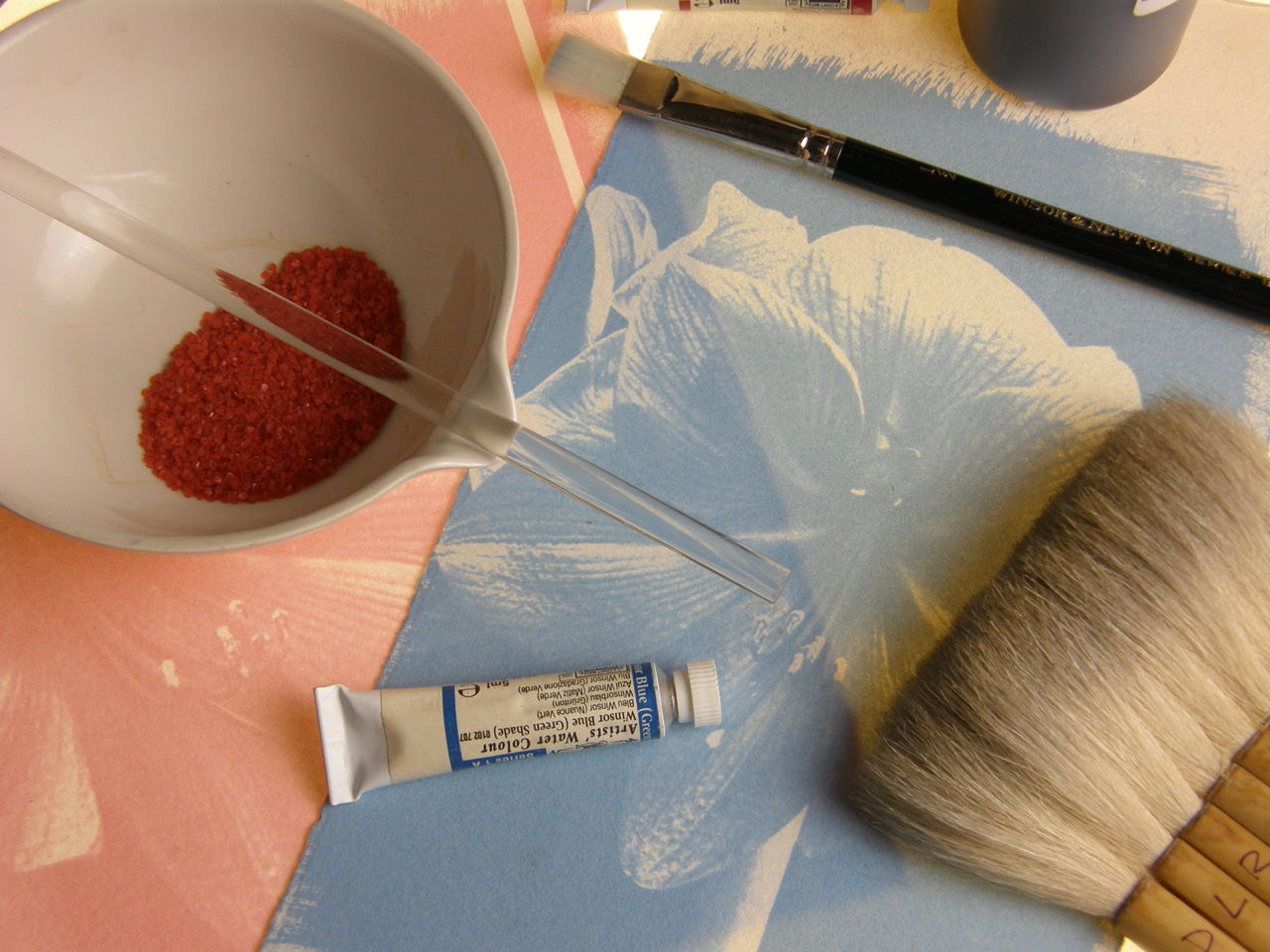
Alchemic Prints
The antique processes and historic techniques used to create alchemic images are based on traditional formulas and printmaking methods first developed in the middle of the 19th century.
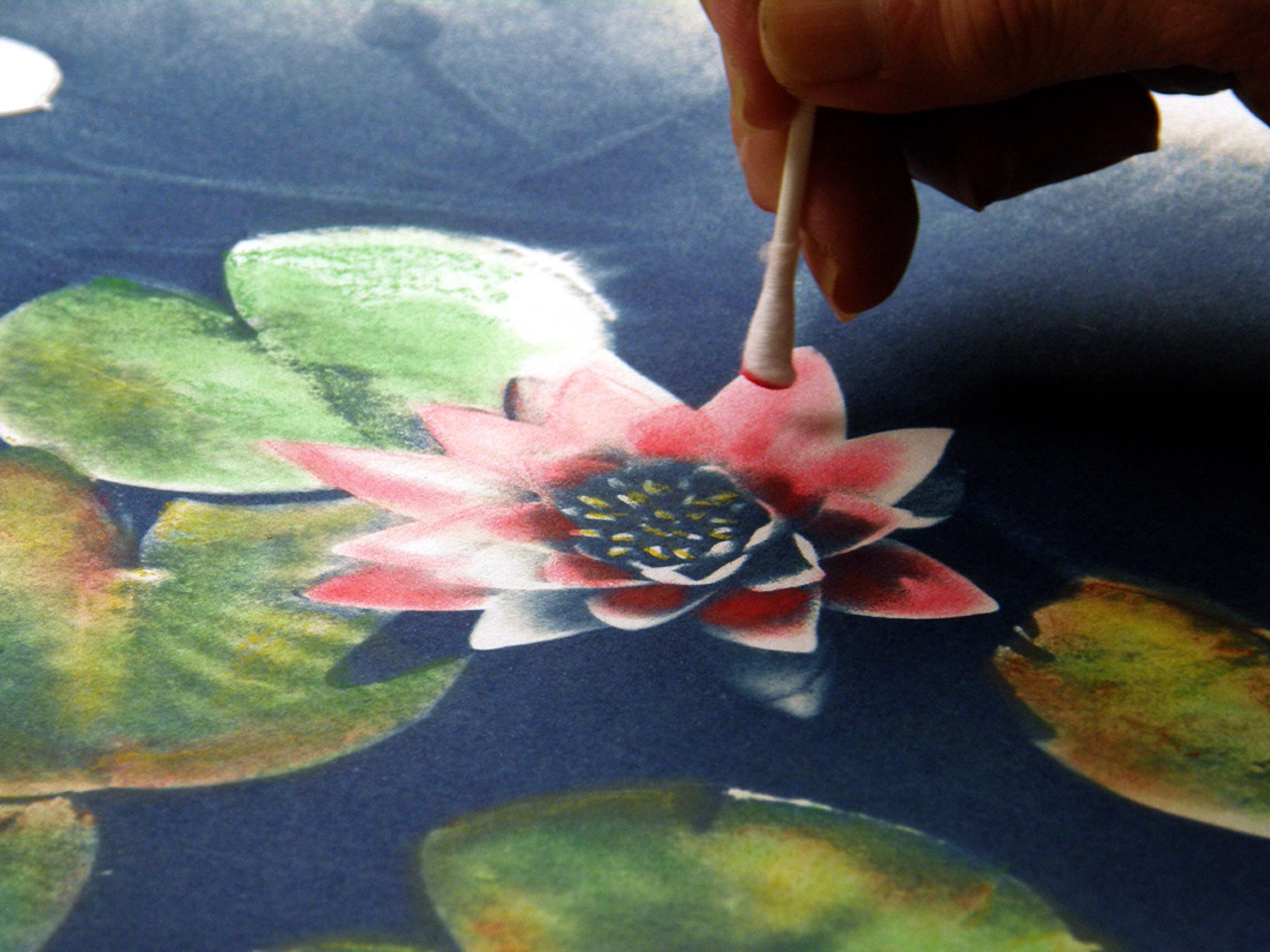
The Cyanotype
or
"Blue Print"
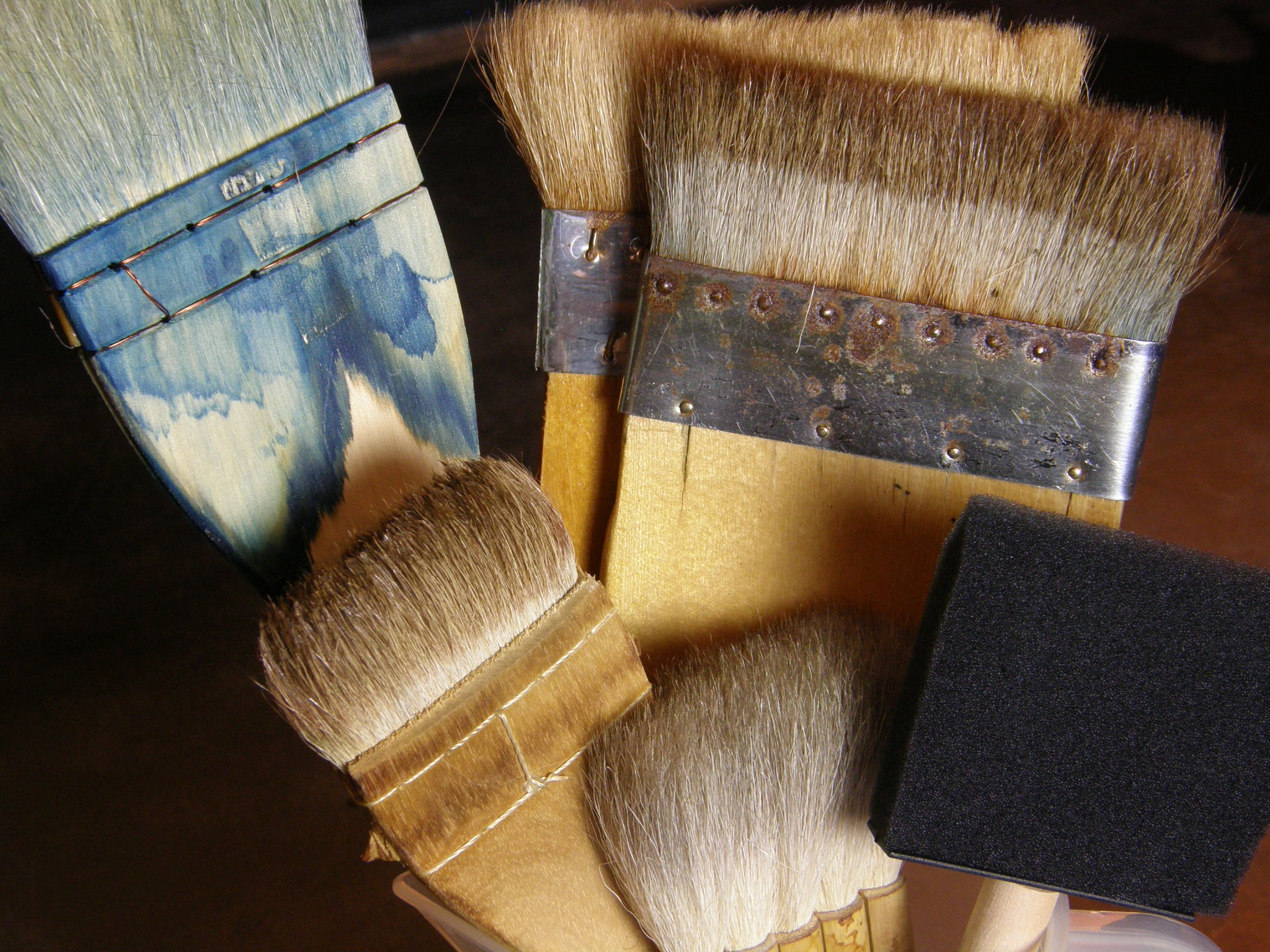
The Cyanotype uses sensitized iron instead of silver to produce an image in blue. It was initallly used for architectural blueprints before being adopted by comtemporary fine art photographers for its unusual aesthetic qualities.
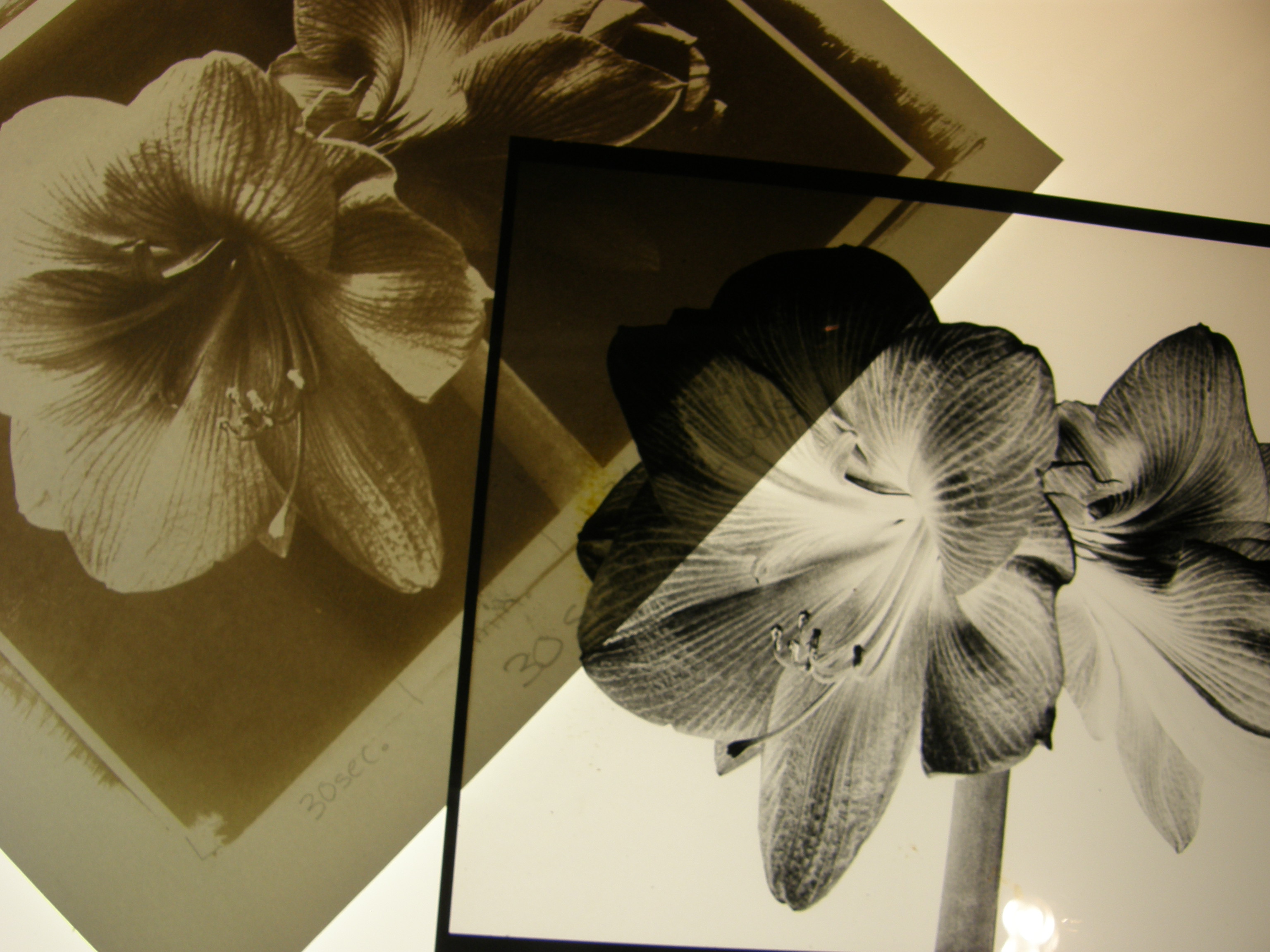
Gum Prints
The Gum Print is a 19th century printmaking technique that uses a hand-coated emulsion of gum arabic, watercolor pigment, and a derivative of chromium as the metallic sensitizer.
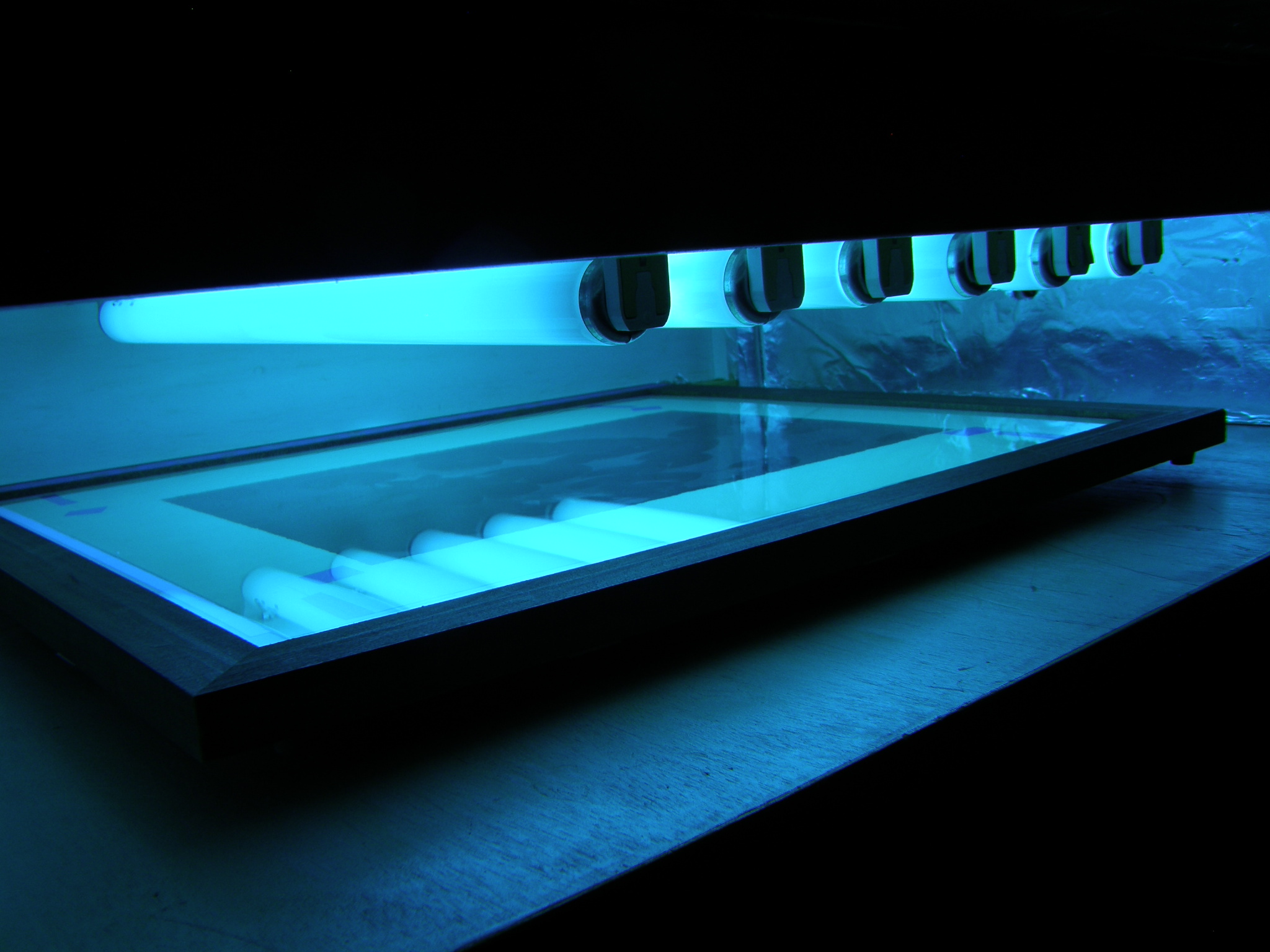
Exposure to ultra-violet light in contact with a negative the same size as the desired image causes the gum to "harden", trapping the pigment in the gum emulsion.
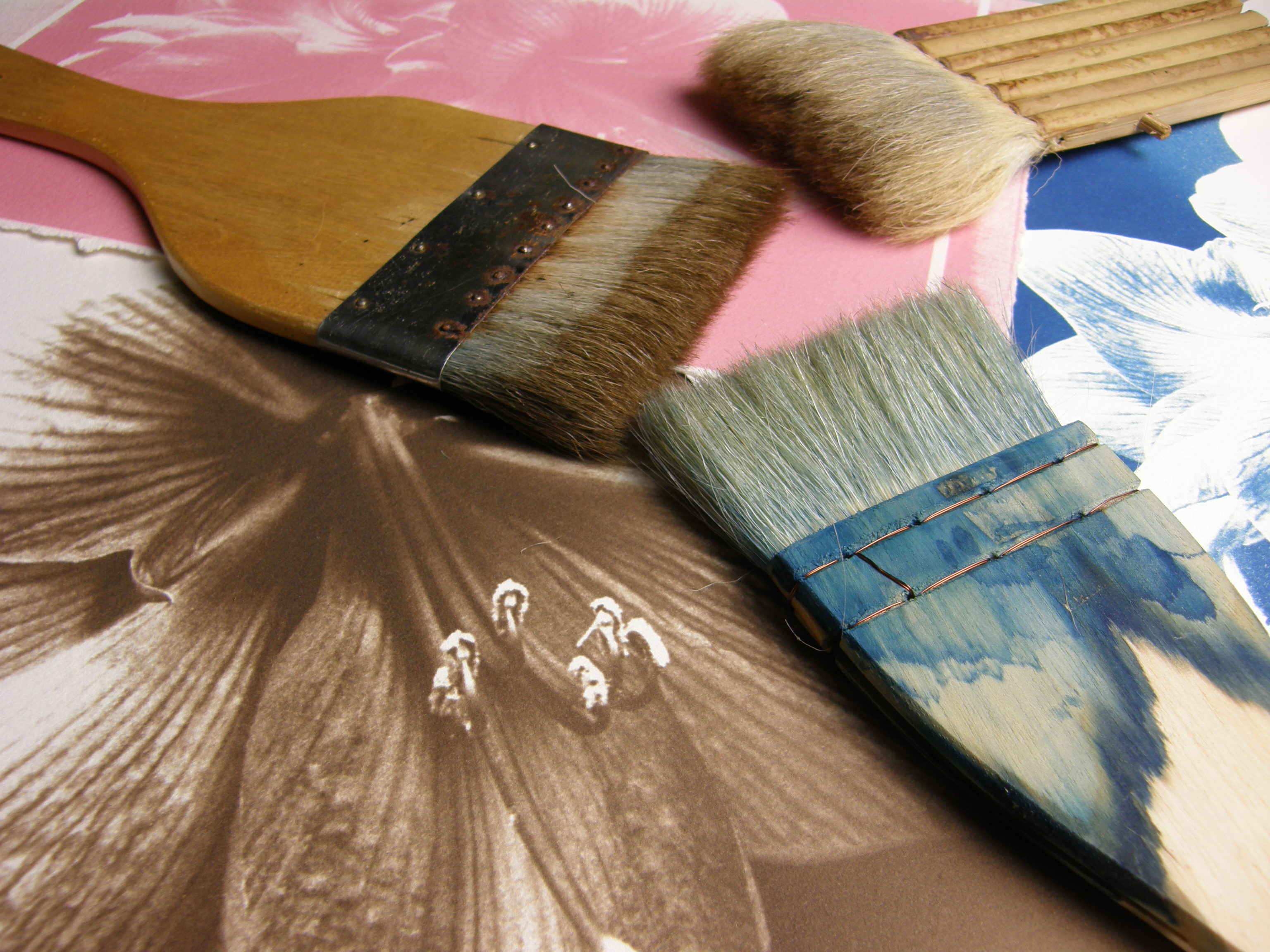
"Processing" a gum print is accomplished by floating the print face down in a tray of still water and letting any unhardened pigment slowly fall away from the paper. Multiple coating on Rives or Arches watercolor paper are required to produce full color images.
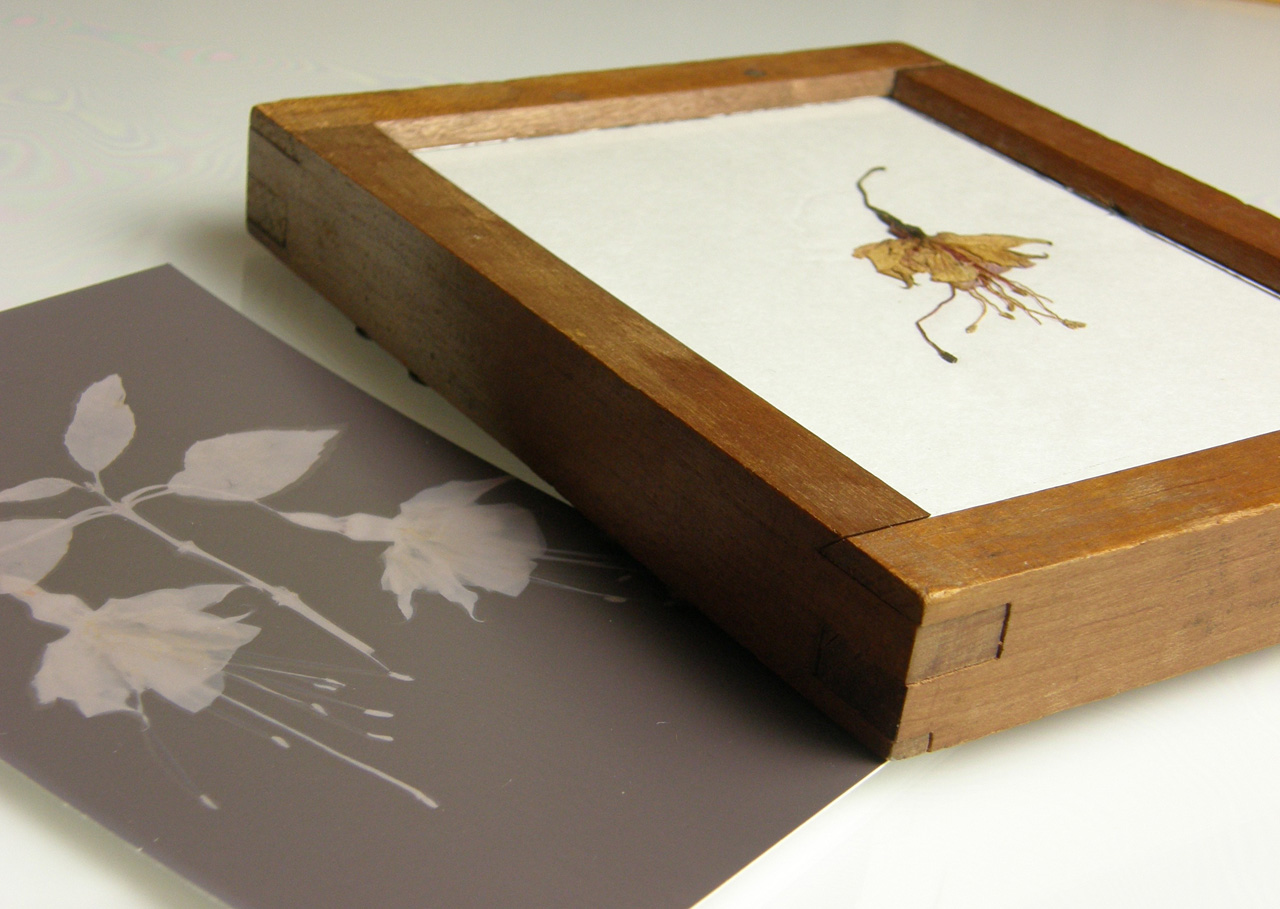
Lumens
Lumens are a true alchemic image
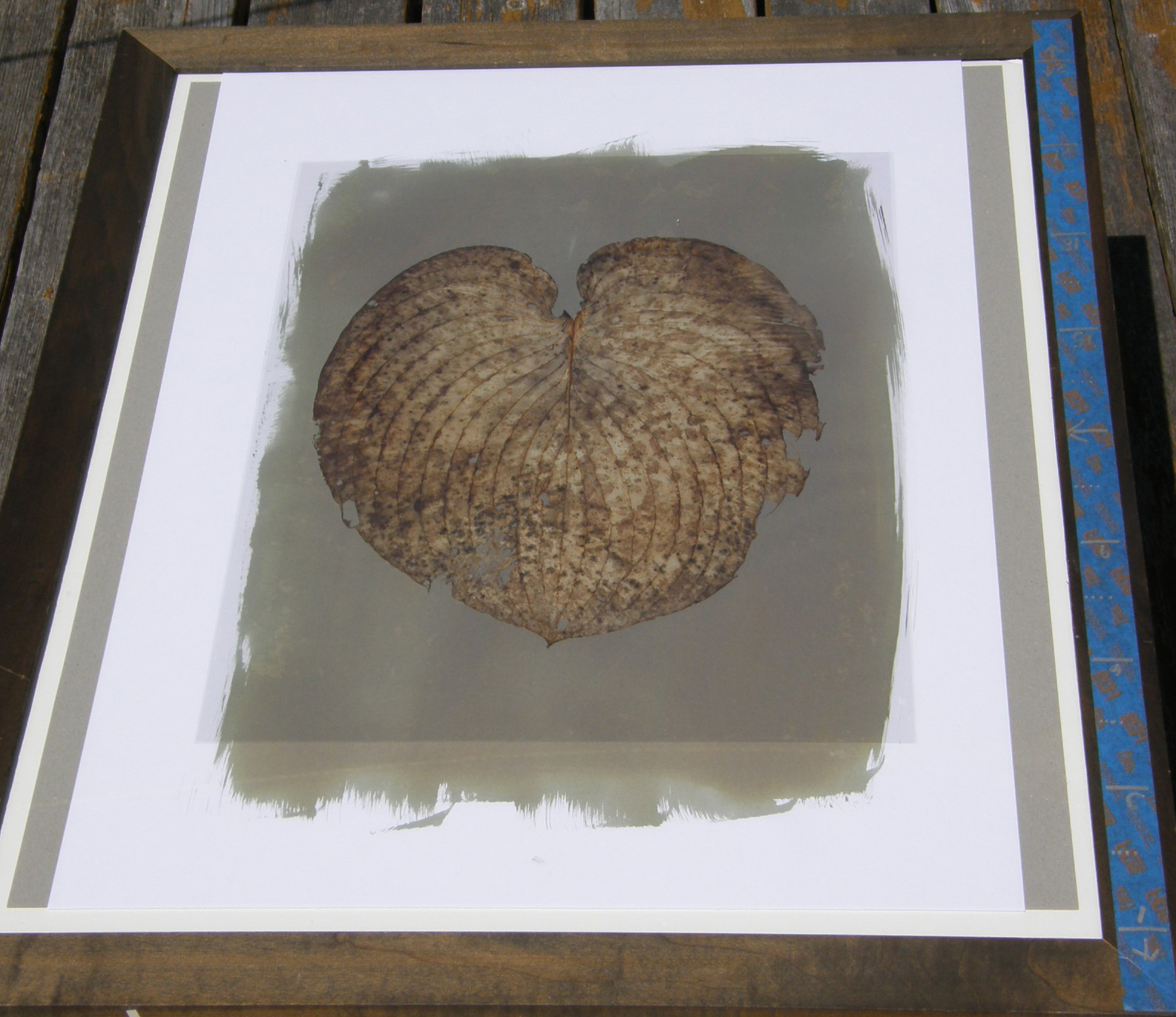
These unique camera-less, life-size images are created in the purest tradition of the medium — an image written with light.
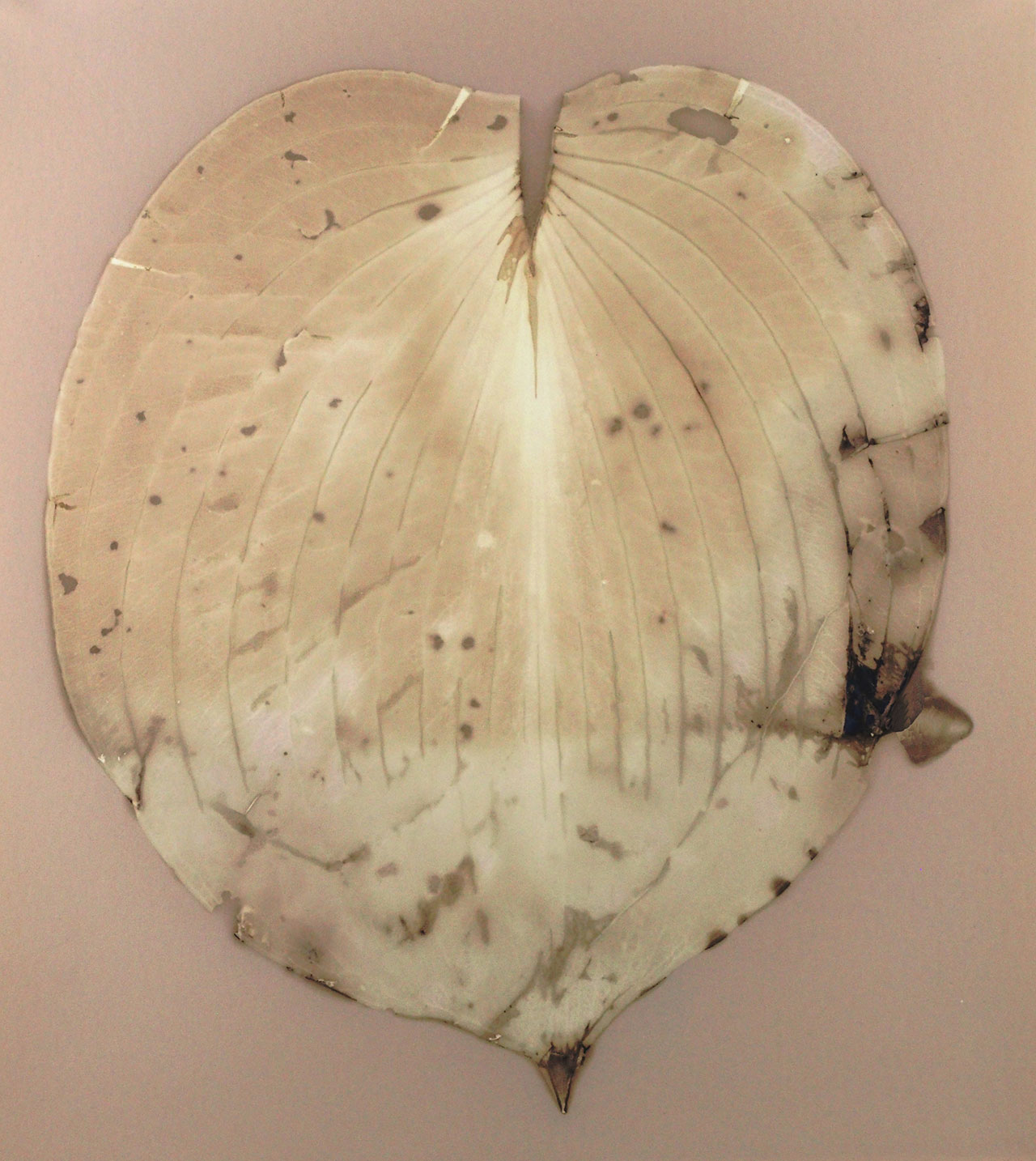
Each limited edition piece is created to be a singular work of art that has been individually hand-crafted as an example of Donna Lee's personal style.
